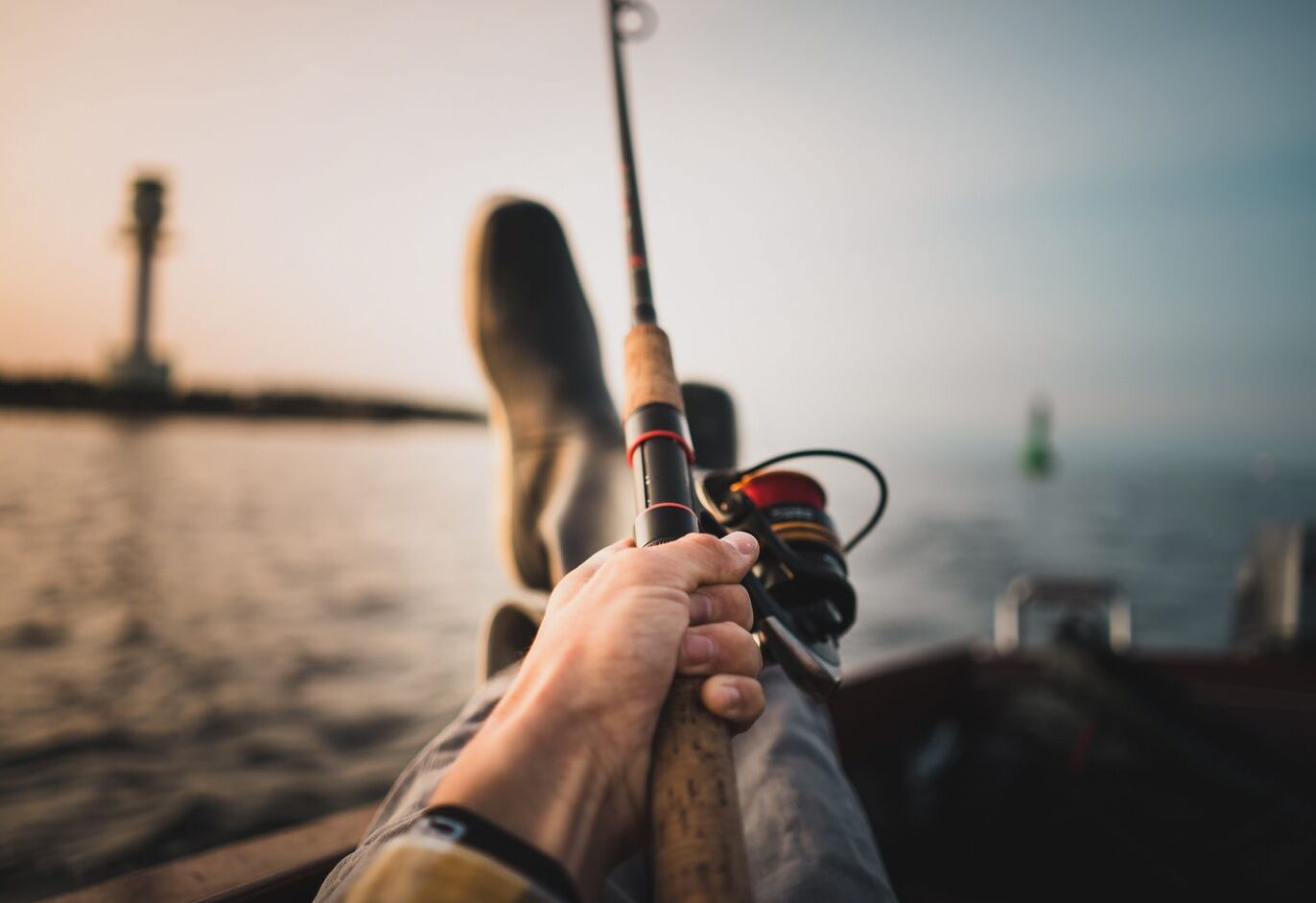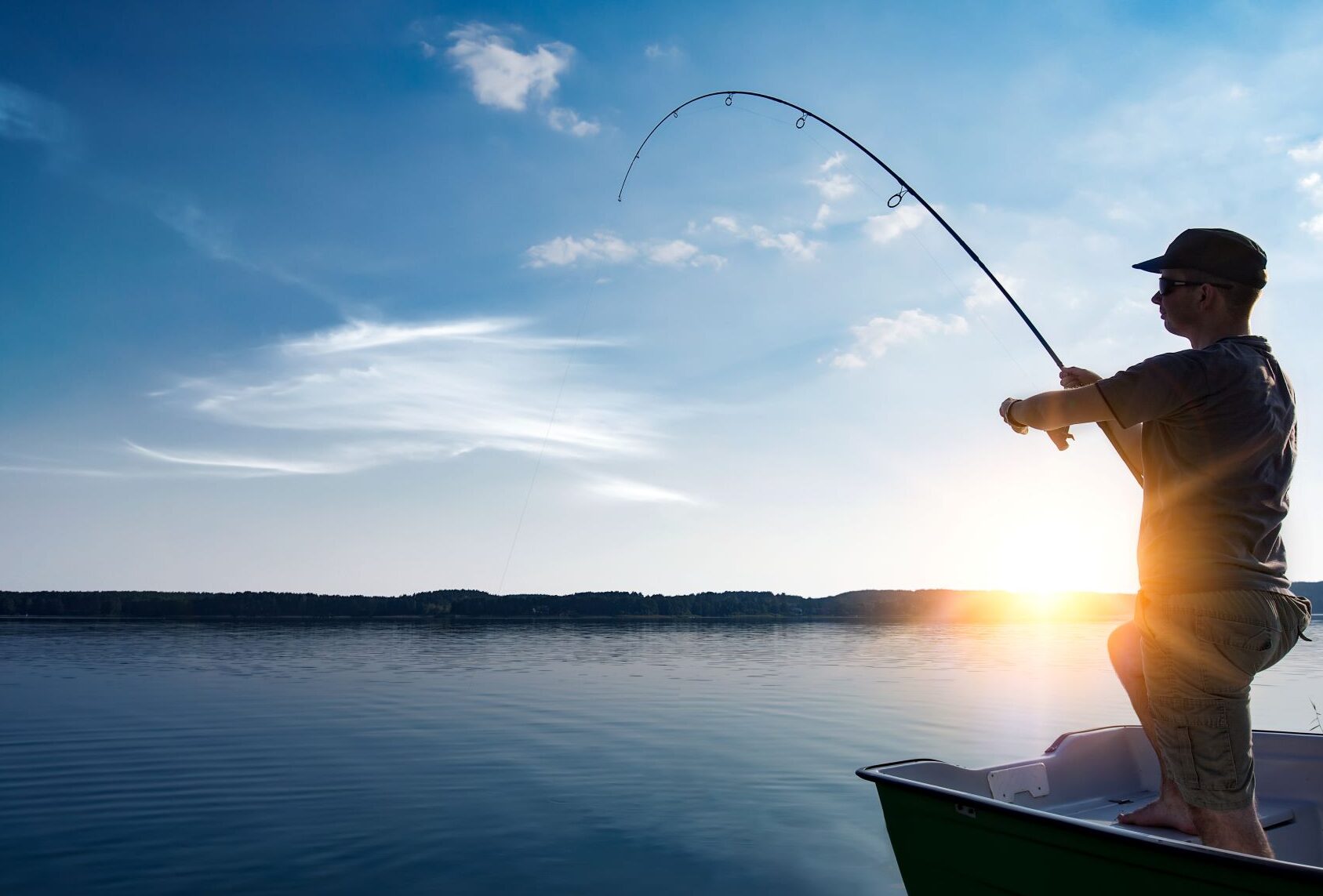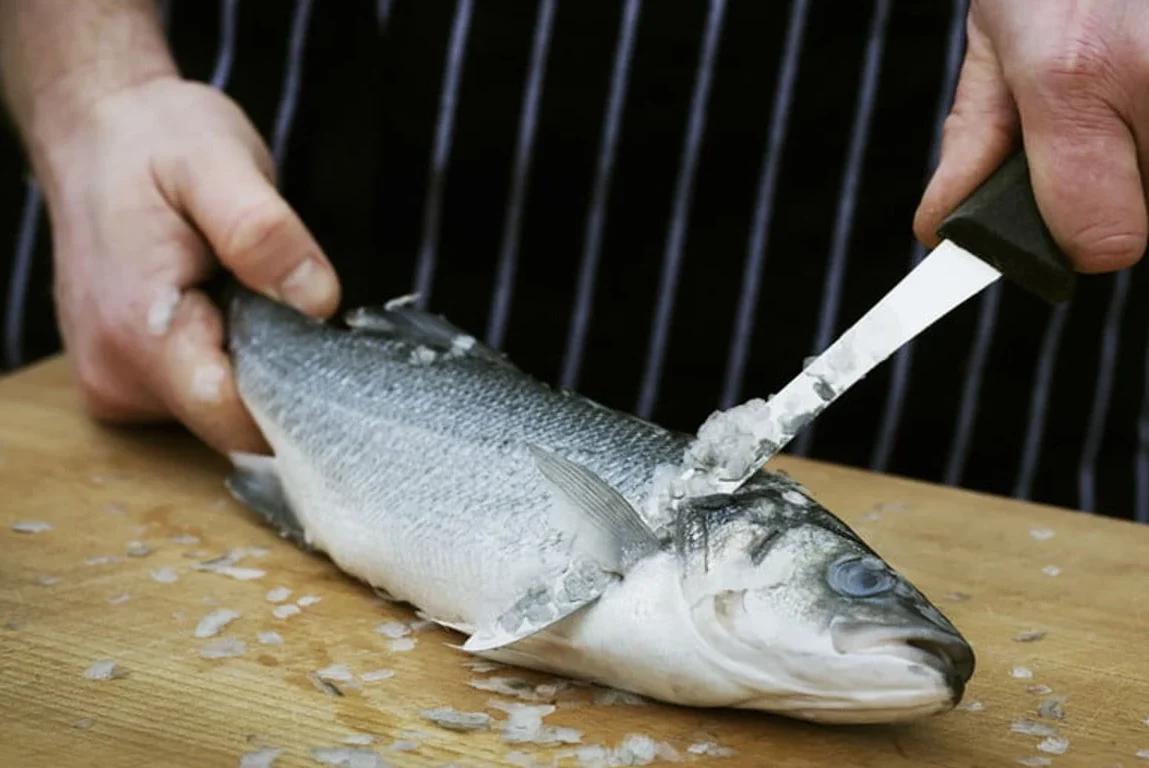Reading water conditions is crucial for successful fishing, as it allows anglers to understand the behavior of fish and identify the best spots to fish. By studying the interaction between oceanographic conditions and underwater structures, anglers can gain better insights into fish behavior and increase their catch rate. One way to increase catch rate is by using bright, high-contrast patterns on flies or lures, known as hotspots, which can attract fish under certain conditions. Additionally, understanding the impact of weather and barometric pressure can help anglers predict fish behavior and choose the best time to fish.
Identifying the best spots to fish is essential for increasing catch rate. Anglers should do their homework and research potential fishing locations before heading out. Once at the location, they should look for areas with vegetation, as they often attract fish seeking shelter and food. Anglers should also pay attention to water temperature, especially during hot conditions, as fish tend to move to cooler areas of the water. Concentrating on the seams between faster and slower water can also help identify hotspots for gamefish. Additionally, anglers should take note of the topography of the land around the lake or river, as points that stick out into the water are often hotspots for gamefish.
Understanding the relationship between catch rate and ocean conditions can help anglers predict fish behavior and increase their catch rate. A 2023 study by Norton et al. demonstrated that studying the relationships between catch rates and ocean conditions can help elucidate environmental influences of catch variability. Another study by Milisenda et al. in 2021 analyzed the distribution of hot spot density areas of demersal fish and crustaceans, providing insights into the behavior of these species. Anglers can also utilize fishing apps like Fishidy, which provide waterway databases with catch-logging, weather, and fishing forecasts to help identify hotspots and increase catch rate.
Identifying hotspots in a body of water
Water temperature is a crucial factor in identifying hotspots in a body of water. Shallow coves or bays can warm up quickly, making them ideal habitats for fish. Therefore, keeping a thermometer on hand and checking water temperatures often can help anglers identify potential hotspots. It is important to keep the thermometer in the water until a constant reading is attained, usually after about two minutes. Additionally, carrying a thermometer allows anglers to determine if the water temperature is too high for certain fish species, which can help them avoid stressing or harming the fish.
Observing water movement and currents is another way to identify hotspots. Currents and tides can create areas of high fish activity, as they bring in food and oxygen and create ideal conditions for fish to congregate. Charts can provide surface water temperature information, but gamefish may frequent areas outside their preferred temperature by staying deep or frequenting areas with currents. Therefore, visiting the location and drawing a map of the study site can help anglers identify areas with strong currents and potential hotspots.
Finding structure and cover is also essential in identifying hotspots. Vegetation, coves, and areas with cover can hold fish and provide ideal habitats for them to feed and rest. In addition, using tools such as Fishidy’s waterway database can help anglers identify potential hotspots before they even hit the water. Identifying hotspots in a body of water can significantly increase an angler’s catch rate, making it a crucial skill for any fishing enthusiast.
Techniques for reading water conditions
One technique for reading water conditions is to wear polarized sunglasses, which can help filter light and reduce glare from the water’s surface. This allows anglers to see more clearly into the water and identify potential hotspots for fish. Polarized lenses have a special chemical filter that blocks some light as it passes through the lens, which helps to cut glare and improve visibility. By reducing the glare from the water’s surface, anglers can better observe the water’s depth, structure, and potential fish activity. Additionally, polarized sunglasses can help anglers spot fish and increase their catch rate.
Another technique for reading water conditions is to use a depth finder or fish finder. These devices use sonar technology to detect underwater objects and provide information on the depth and structure of the water below.

Many fish finders also have a depth sensor on the transducer, which allows anglers to determine the depth of the water and locate potential hotspots for fish. By using a depth finder, anglers can quickly identify where fish are located and adjust their fishing techniques accordingly.
Observing insects or other prey in the water can also be a useful technique for reading water conditions. Different species of fish are known to feed on different types of prey, and by observing what is present in the water, anglers can gain insight into what species of fish might be present and what they are feeding on. Additionally, identifying areas with high biodiversity or areas where predatory species are known to be present can help anglers identify potential hotspots for fish. By combining these techniques, anglers can increase their chances of success and improve their overall fishing experience.
Additional factors to consider when reading water conditions
When it comes to reading water conditions, additional factors such as weather conditions and time of day should be considered. Checking local weather reports before heading out can provide valuable information on wind speed, precipitation, and temperature changes. These factors can influence the behavior of fish and their feeding patterns, and can help anglers identify potential hotspots for catching fish. Additionally, the time of day can play a significant role in the activity level of fish, with many species being more active during dawn and dusk.

Water clarity and depth are also important factors to consider when reading water conditions. Clear water can make it easier for fish to spot bait and lures, while stained or murky water can make it more difficult. The Secchi disk test is a simple measurement of water clarity that can be used to determine how easily sunlight can penetrate through the water column. Additionally, understanding the depth of the water can help anglers identify where fish may be located and what type of bait or lures to use. South-facing banks and protected areas tend to warm up more quickly, making them potential hotspots for fish.
Seasonal changes and migration patterns of fish can also have a significant impact on catch rates. Remote sensing technology can be used to determine seasonal changes in fishing grounds and marine environmental conditions. Understanding the migration patterns of fish, such as the North Atlantic right whale, can help anglers avoid areas where they may be at risk of entanglement in fishing gear or vessel strikes. Additionally, identifying biodiversity hotspots and managing them for conservation can protect many species and improve overall fishing opportunities. By taking into account these additional factors, anglers can increase their chances of identifying hotspots and improving their catch rate.


